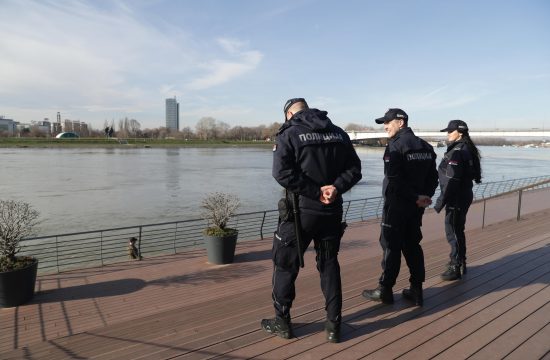
Employment in the European Union and the euro area picked up in the second quarter of 2021, reflecting efforts by companies to catch up with strong demand after the relaxation of restrictions imposed to contain the coronavirus pandemic, according to a Eurostat report released on Tuesday.
The number of employed persons increased by 0.7% in both the euro area and in the EU in the second quarter of 2021, compared with the previous quarter. In the first quarter of 2021, employment had decreased by 0.2% in both the euro area and the EU, the EU statistical office said.
Compared with the same quarter of the previous year, employment increased by 1.8% in the euro area and by 1.9% in the EU in the second quarter of 2021, after -1.8% and -1.6% respectively in the first quarter of 2021, it added.
Based on seasonally adjusted figures, Eurostat estimates that in the second quarter of 2021, 207.5 million people were employed in the EU, of which 159.0 million were in the euro area.
Compared with the pre-pandemic fourth quarter of 2019, their number fell by 2 million in the EU and by 2.1 million in the euro area.
The highest quarterly growth rates were recorded in Latvia (+5.7%), Greece (+2.8%), Denmark and Portugal (both +1.9%), while decreases were observed in Estonia (-1.1%) and Spain (-0.9%).
In Croatia, the number of employed people in the second quarter rose by merely 0.2% compared with the previous quarter, when it had grown by 0.6%.
Compared with the second quarter of 2020, the number of employed persons increased the most in Hungary, by 5.2%, followed by Portugal, Austria and Spain with growth rates of 4.3%.
In Croatia, the employment growth rate in the second quarter of 2021 was 1.7% higher than in the corresponding quarter of 2020, increasing for the first time since the start of last year. In the first quarter of this year it fell by 2.1%.
Decreases in the number of employed persons on an annual level this spring were recorded only in Romania (-7.8%) and Slovakia (-0.4%).





Kakvo je tvoje mišljenje o ovome?
Budi prvi koji će ostaviti komentar!